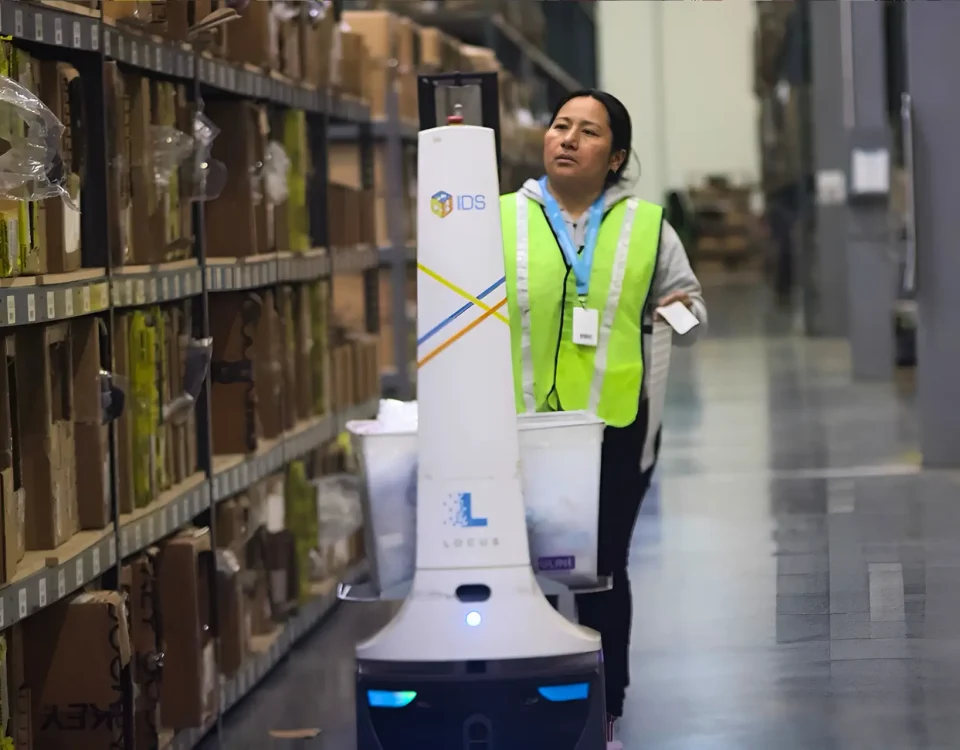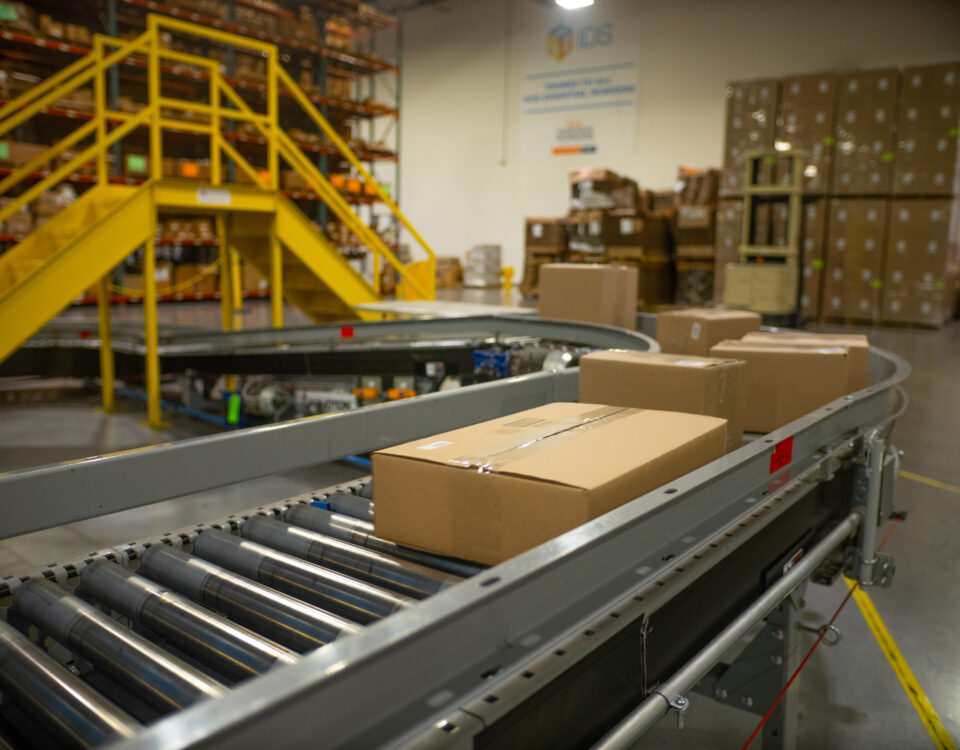SLAs start to fail when your fulfillment setup doesn’t flex with volume.
During high-volume periods—like peak season, product launches, or sudden spikes in demand—many fulfillment teams struggle to meet their SLA targets. Orders take longer to process, accuracy drops, and late shipments start to pile up.
The issue isn’t effort. It’s that many fulfillment workflows were never designed to flex with volume—or prioritize urgent orders from routine ones. When you’re relying on institutional knowledge, disconnected systems, or static processes, fulfillment starts to slow down at exactly the wrong time.
In this blog, you’ll learn how to strengthen your fulfillment setup to prevent SLA failures—no matter how much volume your team is handling.
These early signals show your SLAs are about to break down.
Mid-sized companies often hit fulfillment ceilings during growth, but the signs that SLAs are at risk tend to go unnoticed until orders are already delayed. Here’s what to look for before that happens:
- Order workflows don’t change during peak periods, even though order types and urgency do
- Picking teams rely on manual prioritization to meet urgent deadlines
- No channel-level visibility into SLA performance or risk
- Tech stack doesn’t communicate across platforms, slowing down routing and staging
- Too many fulfillment paths are customized, making standard execution difficult to maintain
When fulfillment systems aren’t built to adapt to changing demand, SLA performance becomes unpredictable. However, these breakdowns are preventable with a few operational shifts.
1. Build SLA prioritization into your fulfillment workflows.
If orders with different SLA requirements all flow through the same pick/pack path, your team will default to handling them in the order they arrive. That might work during slow periods, but it doesn’t scale. To stay ahead, fulfillment needs to automatically surface high-priority orders—without relying on memory or manual tracking.
Here’s how to structure your workflows around SLA performance:
- Use SLA tags or flags in your WMS to highlight orders with specific timing or compliance needs
- Create custom routing or pick logic for priority channels (e.g., retail, Amazon, or wholesale)
- Define staging zones based on order urgency to minimize cross-team handoffs
- Automate workflow triggers that separate time-sensitive orders from standard ones
For example, retail orders may require earlier shipping windows and specific carton labeling, while DTC can ship later in the day. Routing these orders through separate lanes ensures each SLA is hit without added manual effort.
When prioritization is embedded into your fulfillment system, your team stays focused on speed and accuracy where it matters most—even under pressure.
2. Set operational limits before volume pushes your team past capacity.
Many fulfillment teams know when things feel tight—but don’t always quantify how much volume is too much. That makes it hard to plan or communicate capacity needs before SLAs begin slipping. These steps will help you establish reliable thresholds that protect throughput—especially when demand spikes without warning.
Here’s how to apply it:
- Analyze past peak periods to identify throughput drop-offs by day, shift, or customer type
- Track fulfillment rate vs. SLA target during spikes to find your system’s max output
- Build labor and resource thresholds based on real operational capacity—not best-case scenarios
- Use alerts or dashboards to trigger planning or escalation when thresholds are close
For example, if your team maxed out at 3,000 orders per day before pick errors increased and on-time rates dropped below 95%, that number becomes your cap. Set internal thresholds to trigger support or shift planning before you exceed it.
Defining and tracking throughput limits gives your operation a clear signal when it’s time to staff differently, adjust order flow, or raise the red flag before customers notice delays. These proactive adjustments help prevent SLA failures that disrupt speed, accuracy, and customer experience.
3. Standardize fulfillment processes to reduce unnecessary variation.
Too much customization slows down fulfillment—and during high-volume periods, every added step increases the chance of error or delay. The key is knowing where variation adds value and where it’s just creating drag. Start by separating what needs to be customized from what can be standardized.
Here’s how to build that into your workflow:
- Identify repeatable steps like packing, box sizing, or labeling that don’t need to vary by channel
- Standardize wherever variation isn’t required for compliance or customer experience
- Segment workflows for high-complexity orders (e.g., kitting, Amazon prep) to avoid slowing standard runs
- Document SOPs for both standard and exception-based orders to eliminate confusion
For example, if multiple DTC brands use the same box and insert style, standardize that pack-out process—even if the products differ. Reserve custom workflows only for accounts like Amazon or retail partners with strict compliance guides.
Removing unnecessary variation helps fulfillment run smoother and faster—so your team can stay focused on execution, not interpretation.
4. To prevent SLA failures, start by making metrics visible.
When SLA targets live only in reports—or in one department—they’re easy to overlook. Visibility turns them into shared accountability. These steps will help you bring SLA performance into everyday awareness, so your teams can act before small misses become customer-facing problems.
Start with these steps:
- Set up weekly SLA scorecards by channel, shipping method, or customer type
- Share dashboards or reporting snapshots with ops, fulfillment, and customer service
- Include metrics like on-time shipment rate, pick accuracy, and exceptions by cause
- Hold quick reviews post-spike to identify patterns or areas needing improvement
For example, if a weekly dashboard shows that Amazon orders are consistently falling 3% short of SLA due to delayed pick completion, the fulfillment team can address that workflow directly. Without shared visibility, the root cause gets missed.
Shared performance data makes it easier for every team to work toward the same fulfillment standard—and correct quickly when execution slips.
SLA failures rarely come from one big mistake. They come from small disconnects that add up under pressure: unclear prioritization, limited visibility, inflexible workflows, and process sprawl.
The best time to prevent SLA failures is before volume surges—not after customer complaints roll in. By embedding SLA logic into workflows, standardizing what you can, and building visibility across your teams, you give fulfillment a structure that supports speed, accuracy, and scale.
If you’re worried about effectively scaling your operations, download the Fulfillment Growth Readiness Worksheet. This practical tool will help you assess whether your current fulfillment setup can adapt to growth, identify friction points across flexibility, tech, SLAs, and value-added services, and uncover where strategic changes are needed to support expansion.












